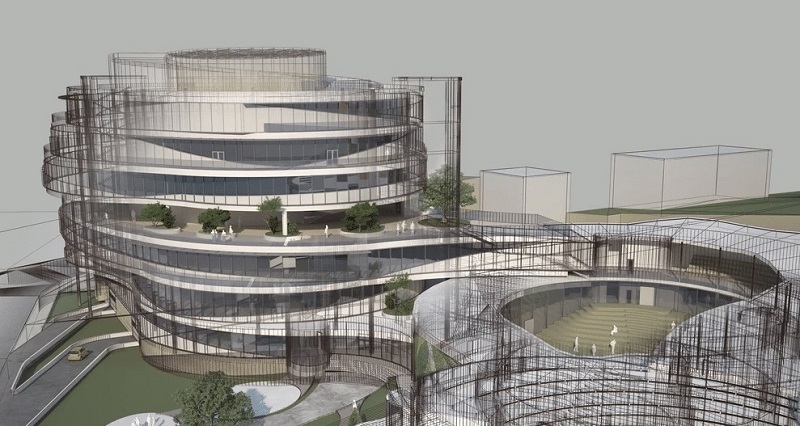What Trends Will Dominate the Construction Industry in 2022?

Even though 2020 will remain remembered for the outbreak of the pandemic, we can say that 2021 has seen significant recovery for construction, particularly in the field of infrastructure and construction of residential facilities. After all, the construction industry is still large and employs around 7% of the global working-age population. Still, in comparison with some other industries, it is lagging when it comes to adopting new technology trends. But does that mean we can predict what will be in focus in 2022? It doesn’t, since we can say with great confidence that the following trends will dominate the construction industry next year.
Sustainability innovations
More and more clients insist on eco-friendly features of facilities, because they lower the harmful impact on the environment and also allow the clients to receive tax credits. The sustainable trend in construction will definitely remain strong in 2022 and we can expect even more options for planet-friendly structures. The innovations in question include materials, features and construction methods that are eco-friendly and that can help people mitigate the effects of climate change.
Modular construction
The modular construction market has been growing steadily over the years and it isn’t showing any signs of slowing down any time soon. It involves constructing the modules of a building off-site, then transporting them to the destination for assembly. This typically cuts costs and shortens the construction timeline. While the sight of a modular building is no longer uncommon, there’s been news reports saying that we’ll soon see the world’s tallest modular hotel, featuring 26 storeys, which will be built in just three months. Such projects, including modular construction, allow developers to finish faster than ever, which is extremely important during boom periods or when industry demands change rapidly.
3D printing
3D printing has already found its way into the construction industry, but its impact is sure to rise in the future. Namely, by constructing items layer by layer, construction companies are able to produce finished products faster and cheaper than by applying conventional methods. Not only is it easier to create pieces that impress, but the use of resources has also been reduced significantly with this technological advancement. Finally, this technology can contribute to solving the housing crisis, since it is cheaper to build abodes using 3D printing.
Robotics
We know that robots now play a big role in industries ranging from medicine to agriculture. These state-of-the-art machines are also used in the construction industry. Some models let workers perform layout tasks at sites more efficiently than traditional mechanical systems allow. Robots help construction projects stay on schedule and get finished under budget, which is why we’ll see them employed even more in 2022 and beyond. There are also cobots, i.e. collaborative robots, which are one of the most important robotic advances, including a plug-and-play setup and the fact that they are mobile instead of fixed.
Hiring more workers
Although it may sound counterintuitive, it’s expected that construction companies will expand their workforces in 2022. This doesn’t mean that there won’t be challenges along the way, such as sourcing workers for salaried and hourly craft positions, but the number of projects is expected to rise, which means more workers will be needed.
Increased popularity of used and rented equipment
In their attempts to keep the costs minimal and better manage their cash flows, more and more construction companies are opting to rent equipment or purchase used merchandise. One of the advantages of rented equipment is that companies can test different machines and see how they perform, without having to invest heavily in purchasing new ones. In case a particular machine performs well, companies can choose whether to continue renting it or buy it. Also, used equipment typically comes to the latest software updates and is kept in good condition, which means the companies renting it can stay competitive while saving money.
Cloud technologies specific to construction
As the movement of IT infrastructure continues to accelerate, cloud computing solutions specific to or appropriate for the construction industry are continuing to help manage all the moving parts of a project that are dispersed geographically. Namely, cloud computing and apps provide access to construction software at any time and any location, provided there is an internet connection. They are also replacing old legacy software solution that only exist on the computers in the back office. Also, construction leaders are looking for construction-specific solutions over general business software, since they need flexible and customizable software to meet the requirements of various projects, in order to keep those projects safe, on time and under budget.
These are the trends that are expected to mark 2022. Staying on top of these and other relevant issues is vital to every construction company’s success, not only in the following year, but in the more distant future as well.